Best Practices Articles

Partner Portal Software: The Central Hub for Channel Ecosystem Success
What is partner portal software?
Partner portal software is a secure online platform. It gives channel partners a central, personalized place to interact with a company. It serves as the primary digital connection between a company (the vendor) and its entire network of partners.
Think of it as a special, custom-built intranet just for external partners. Instead of partners searching through emails or different shared drives, a partner portal puts everything they need in one easy-to-reach spot.
The Power of Partner Portal Software: Your Guide to Channel Success
Imagine you have a fantastic product and want to sell it to as many people as possible. You can't do it all yourself, right? That's where partners come in—they're like your extended sales team, helping you reach more customers. These partners include resellers, distributors, and service providers.
However, managing all these partners can be a big challenge. You must ensure they have the correct information, training, and support. This is where partner portal software becomes incredibly important. It's the central hub for your entire channel ecosystem, making everything run smoothly and helping everyone succeed.
Why Partner Portal Software is Essential
Without good partner portal software, companies often face many problems that slow growth and create frustration for partners. Here's how a strong partner portal solves these common issues:
- No More Information Black Holes: Partners often struggle to find the latest product details, prices, or marketing materials. This means they might sell with incomplete information, miss out on sales, and get frustrated. Partner portal software fixes this by providing a central, always-updated content library with powerful search tools. Partners instantly get the exact, approved materials they need, ensuring they are ready to sell.
- Faster and Consistent Onboarding: Getting new partners ready to sell can be slow, with lots of emails and scattered documents. This leads to long setup times and partners leaving early. Partner portal software offers automated onboarding steps that guide new partners through contracts, training, and initial setup. It includes a learning system (LMS) that provides structured training and certifications, helping partners become productive much faster.
- Smoother Deal Registration and Less Conflict: Manually registering deals is difficult and often leads to conflicts when different partners try to sell to the same customer. It also makes it hard to predict sales accurately. Partner portal software provides an easy-to-use deal registration system. Partners quickly submit leads, track their status, and get automated approvals. This transparency prevents conflicts and gives companies a clear view of all partner sales opportunities.
- Better Marketing and Sales Tools: Partners sometimes lack the right tools to effectively market and sell your products. They might use generic messages or spend time creating their materials, leading to inconsistent branding. Partner portal software offers complete marketing and sales tools, including co-brandable marketing materials, customizable campaign templates, and sales guides. Partners efficiently use these resources, increasing your marketing reach and keeping your brand message consistent.
- Clearer Incentives and Funds: Partners often don't understand their commission structures, rebate programs, or the status of their marketing development funds (MDF). Manual tracking causes disagreements and delays in payments. Partner portal software provides transparent dashboards for tracking incentives, MDF requests, and claims. Partners see their performance, how commissions are calculated, and the status of their funds, building trust and motivating them.
- Improved Communication and Support: Relying on emails or phone calls for partner communication is inefficient. Partners might feel unsupported or miss essential updates. Partner portal software centralizes communication with announcement boards, secure messaging, forums, and integrated support. This ensures partners receive timely updates, ask questions easily, and feel connected to your company.
- Better Performance Tracking: Channel managers struggle to track individual partner performance and overall program success because scattered data limits visibility. Partner portal software offers personalized dashboards and strong reporting tools. Partners see their performance, while channel managers gain detailed insights into key performance indicators across the entire ecosystem, enabling data-driven improvements.
By bringing all these crucial functions together and offering a smooth, self-service experience, partner portal software changes channel management from an onerous administrative task into a strategic growth engine.
Key Features of Top-Performing Partner Portal Software
A truly effective partner portal is more than just a simple website. It's a dynamic, innovative platform packed with features designed to empower partners and simplify operations for vendors. When you look for partner portal software, focus on these essential capabilities:
- Easy-to-Use and Customizable Interface: The portal must be straightforward to navigate with a clear, logical design. If partners find it hard to use, they won't adopt it. It should also allow you to fully brand the portal with your company's logos and colors. Most importantly, it should offer personalized dashboards and content for each partner's role, level, and activity. The portal must also work well on mobile devices so partners can access information on the go. For global programs, multi-language and multi-currency support are crucial.
- Complete Content Management System (CMS): This is a single, organized place for all sales, marketing, and technical materials like product datasheets, presentations, and videos. Version control is needed to ensure that partners always have the latest approved documents. Strong search and filtering options help partners quickly find what they need.
- Integrated Learning Management System (LMS): This feature allows you to provide self-paced training modules, webinars, and certification courses. You can track partner completion rates and quiz scores. It also offers certifications and badges to motivate partners to keep learning. A knowledge base provides searchable articles and FAQs for self-service support.
- Smooth Deal Registration and Lead Management: Easy-to-use forms let partners submit new leads and register deals. The system should automatically route leads to the right internal teams and approve deals. There are also ways to prevent and resolve channel conflicts. Partners can track the status of their deals and leads in real time, and channel managers get a clear view of all partner-generated opportunities.
- Marketing and Sales Enablement Tools: Empower partners to easily add their branding to your marketing materials while following your brand guidelines. Provide pre-built, customizable marketing campaigns that partners can use with minimal effort. Offer sales guides with selling methods, ways to handle objections and competitive information. A module for Market Development Funds (MDF) allows partners to request and manage funds with automated approvals.
- Performance Analytics and Reporting: Partners can see their performance metrics, such as leads submitted and deals closed. Channel managers and executives gain deep insights into overall channel performance and ROI. You should be able to create custom reports based on specific goals or partner segments and accurately track revenue and leads back to specific partners.
- Communication and Collaboration Features: A central area for company news and updates. Secure private messaging between partners and channel managers. Forums and community boards encourage partners to learn from each other. Integrated support allows partners to submit and track support requests directly through the portal.
- Integration Capabilities: Seamless integration with your Customer Relationship Management (CRM) system (like Salesforce) is essential for consistent lead and deal data. Integration with your Marketing Automation Platform (MAP) for lead nurturing and campaign execution is also crucial. Consider connecting with your Enterprise Resource Planning (ERP) system for orders and inventory. Open APIs allow for custom integrations with other systems.
- Security and Compliance: Protect sensitive data with encryption. Granular access controls ensure data security and privacy. Comprehensive logging of all activities helps with compliance and accountability. The software must also comply with relevant data privacy regulations like GDPR and CCPA.
- Partner Segmentation and Tiering: The ability to define and manage different partner levels (like Platinum, Gold, Silver) with automatic assignment based on performance. This allows you to tailor the portal experience, content access, and support levels based on a partner's tier.
These features transform a simple portal into a powerful engine for channel growth and efficiency when implemented well.
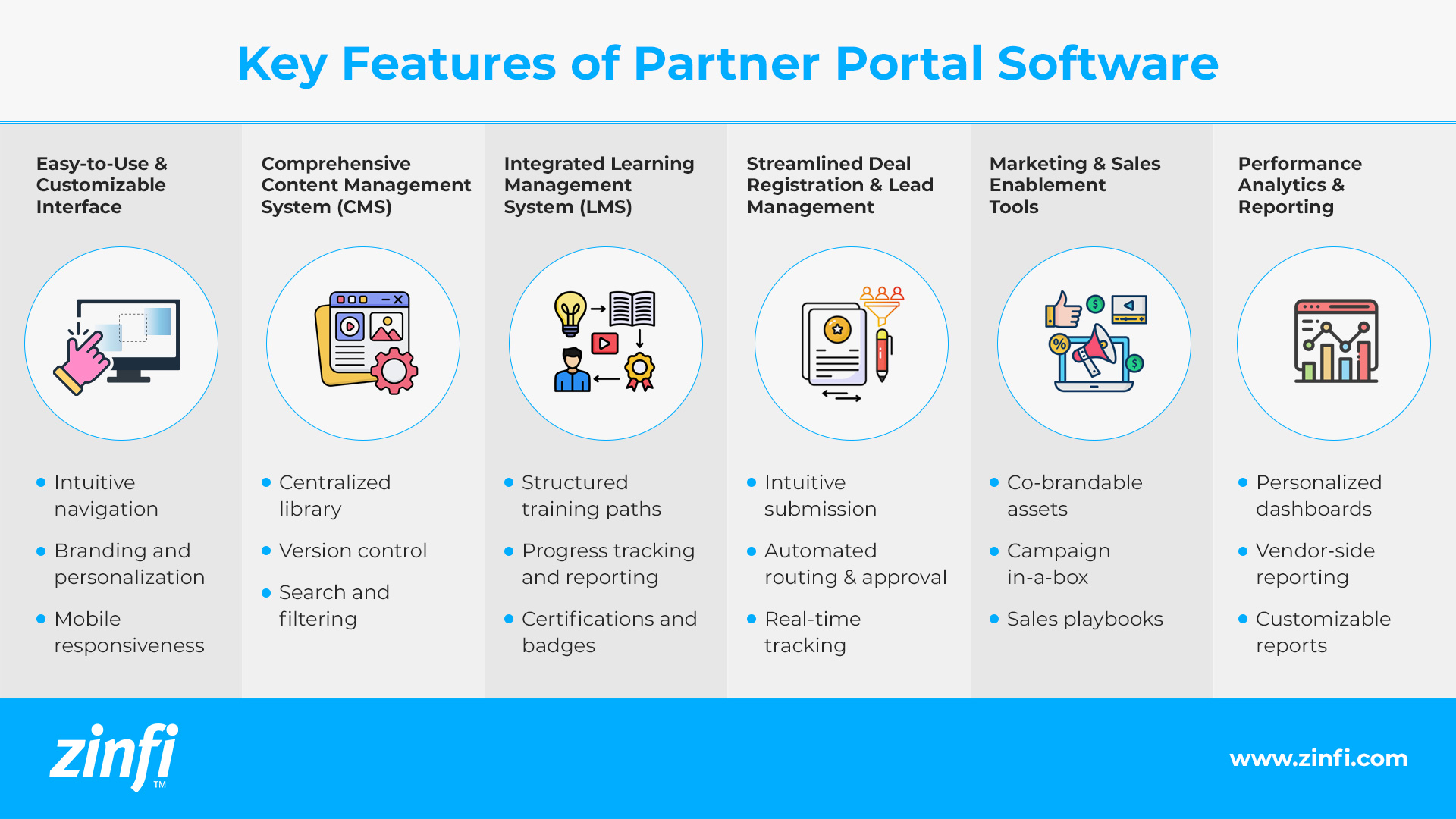
The Amazing Benefits of Great Partner Portal Software
Using high-quality partner portal software brings many benefits that positively affect both your company and your partners, leading to a more productive, engaged, and profitable ecosystem.
- Massive Increase in Partner Engagement and Happiness: When partners easily find information, register deals, access training, and track incentives in one place, their frustration decreases, and their satisfaction increases. This makes your company a preferred vendor to work with. A self-service portal empowers partners to work more independently and efficiently, making them feel valued and supported. Clear visibility into their performance, sales pipeline, and payments builds trust and creates stronger, more loyal relationships.
- Faster Partner Productivity and Revenue Generation: Automated workflows and accessible training within the portal significantly reduce the time it takes for new partners to become productive and start making money. Instant access to up-to-date sales and marketing materials ensures partners are always ready to sell effectively, shortening sales cycles. Partners spend less time on administrative tasks and more time selling and engaging with customers.
- Better Channel Visibility and Control: The portal centralizes all partner-related data, giving your channel managers a complete, accurate, and real-time view of your entire channel ecosystem. Consolidated deal registration data allows more accurate sales forecasting for your indirect channels. Detailed reporting helps you identify top-performing partners, find areas for improvement, and optimize where you put your resources. Centralized content management ensures all partners use approved, on-brand materials, maintaining brand consistency globally.
- Significant Operational Efficiencies and Cost Savings: Automating manual processes like onboarding, deal registration, and MDF management frees up valuable time for your channel managers, allowing them to focus on strategic partner development instead of administrative tasks. The self-service nature of a comprehensive portal significantly reduces the number of routine questions your internal support teams receive. Standardizing processes within the portal minimizes errors and improves overall operational efficiency across your channel program.
- Less Channel Conflict: Clear deal registration rules and automated lead routing mechanisms are managed transparently within the portal, significantly reducing instances of channel conflict and fostering a more collaborative and harmonious partner ecosystem.
- Improved Scalability: As your channel program grows, a robust partner portal allows you to onboard, enable, and manage many more partners without needing a proportional increase in your internal channel management staff. This is vital for quickly expanding into new markets.
- Data-Driven Decision Making: The rich data collected through partner portal interactions provides invaluable insights into partner behavior, content effectiveness, program ROI, and market trends, enabling more informed and strategic channel decisions.
A well-implemented partner portal transforms your channel from a potential administrative burden into a highly efficient, engaged, and powerful revenue-generating engine.
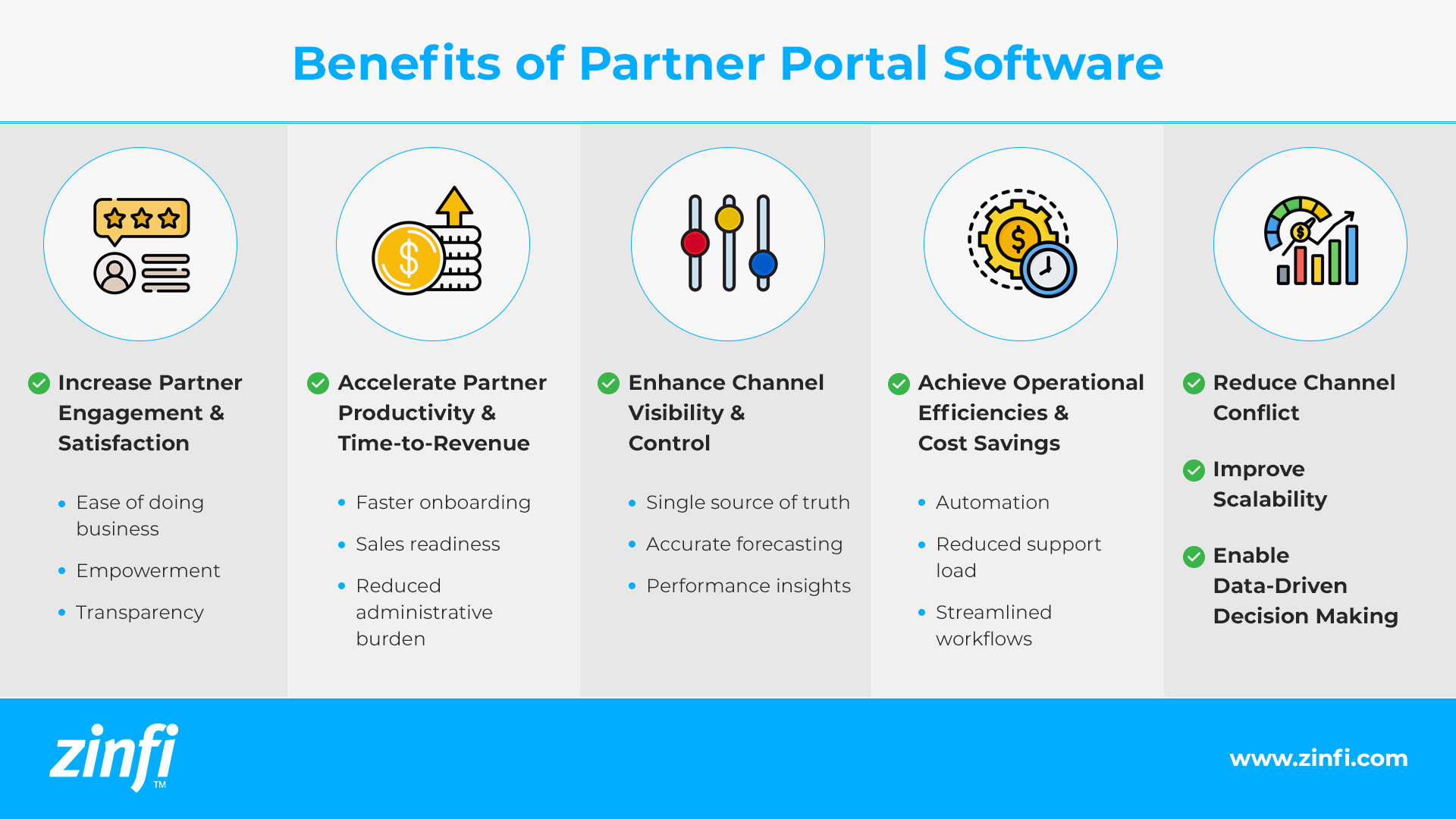
Strategic Steps for Implementing Partner Portal Software Successfully
Implementing partner portal software is a significant project beyond just setting up technology. It's a strategic effort that requires careful planning, teamwork across different departments, and a strong focus on getting users to adopt it.
- Clearly Define Your Goals and Scope: Before choosing software, clearly state what you want to achieve with your partner portal. Do you primarily want it for training, deal registration, marketing support, or a combination? For large organizations, trying to launch everything at once can be overwhelming, so consider a phased approach, starting with core features that provide immediate value and then gradually adding more advanced ones. Based on your goals, prioritize which features are "must-haves" versus "nice-to-haves" to guide your software selection and implementation.
- Involve Key People from the Start: Create a project team with representatives from Channel Management, Sales, Marketing, IT, Legal, and Finance. Each department will have unique needs and viewpoints. Get strong support from executives to ensure the project has the necessary resources, visibility, and organizational buy-in. Most importantly, teams should include a few trusted partners in the requirements gathering and testing stages. Their feedback on ease of use and desired features is incredibly valuable for encouraging adoption.
- Focus on User Experience (UX) and Design: If the portal is difficult to use, partners won't use it. Prioritize a clean, logical, and intuitive interface. Personalizing the portal experience (dashboards, content, alerts) for individual partners or partner groups is crucial for engagement. Ensure you can fully brand the portal to reflect your company's identity, making it a natural extension of your organization. Design for mobile access or ensure a highly responsive design, as many partners will use the portal on tablets or smartphones.
- Plan for Strong Integrations: Seamless, two-way integration with your CRM (like Salesforce, HubSpot, and Microsoft Dynamics 365) is necessary. This ensures consistent data for leads, deals, and partner performance. Consider integrations with your Marketing Automation Platform (MAP), ERP system (for order management, inventory, and billing), and any Learning Management Systems (LMS) if they Integrate your Marketing Automation Platform (MAP), ERP system (for order management, inventory, and billing), and any Learning Management Systems (LMS) not already connected. Ensure the chosen software offers strong APIs for any custom integrations you might need now or in the future.
- Develop a Comprehensive Content Strategy: Identify all your current sales, marketing, and training materials. Figure out how to move existing content to the new portal. Establish transparent processes for creating, updating, approving, and removing content within the portal to ensure it's always current and relevant. For global channels, plan for content translation and cultural adaptation.
- Prioritize Training and Change Management: Thoroughly train your channel managers and internal teams on how to use the portal effectively and how to support partners using it. Provide explicit, concise training materials (videos, quick-start guides, webinars) for partners, emphasizing their benefits. Develop a communication plan to inform partners about the new portal, its launch date, and how it will improve their experience. Consider a pilot program with a small group of partners to test the portal and gather feedback before a full rollout.
- Plan for Ongoing Optimization and Support: Ensure clear channels exist for partners to get support (e.g., in-portal chat, ticketing system, dedicated email). Continuously monitor portal usage data and gather partner feedback to identify areas for improvement and new feature development. Work with your vendor to stay updated on new features and ensure your portal grows to meet your channel program's needs.
By carefully planning and executing these steps, you can ensure your partner portal becomes a powerful asset that drives engagement, efficiency, and, ultimately, significant revenue growth for your business.
Partner Portal Software Across Different Industries
While the basic functions of partner portal software are widely applicable, specific industries often require specialized features and setups to meet their unique channel dynamics and operational demands.
- SaaS Ecosystems: Software as a Service (SaaS) companies thrive on recurring revenue and often use diverse partners like referral partners, resellers, and system integrators. They need rapid onboarding, seamless integration, and strong co-selling/co-marketing capabilities for digital products. Key needs include automated provisioning and licensing, API and SDK access for integration partners, usage-based reporting, co-selling playbooks for digital products, robust referral tracking and payouts, and integration with customer success platforms for smooth customer handoffs.
- Manufacturing & Industrial Ecosystems: Manufacturing companies often have complex products and long sales cycles and rely on distributors and service partners. Their portal must focus on product configuration, inventory management, and technical support. Essential features include integration with Configure, Price, Quote (CPQ) tools for accurate product configuration and quoting, real-time inventory and order status updates, robust content libraries for technical documentation and CAD files, streamlined warranty and returns management, modules for service partner dispatch and management, and easy access to spare parts catalogs.
- Financial Services & Insurance Ecosystems: These industries handle highly sensitive data strict regulations, and often work with independent agents and financial advisors. Their portal must emphasize security, compliance, and personalized client management tools. Key features include robust security and compliance measures (encryption, multi-factor authentication, audit trails) to meet regulations like HIPAA and GDPR, secure dashboards for agents to manage client portfolios and track policies, modules for tracking agent licenses and certifications, mandatory compliance training, secure document exchange, and real-time updates on financial products and rates.
- Healthcare & Life Sciences Ecosystems: Partners in healthcare, such as medical device distributors and pharmaceutical representatives, need portals that handle highly regulated products, extensive training, and precise tracking for compliance. Essential features include regulatory compliance and audit trails for FDA regulations and HIPAA, detailed product training and certification, streamlined sample and literature request management, secure and compliant mechanisms for reporting adverse events, inventory and lot tracking for recalls, and clinical trial support for research partners.
These examples show that each industry must tailor partner portal software features precisely to its unique operations, regulations, and partner relationships—even if the core concepts remain consistent.
The Future of Partner Portal Software: What's Next for Channel Engagement
Partner portal software continues to evolve, driven by technological advancements and the increasing importance of partner ecosystems. Several key trends are shaping the future of these crucial platforms:
- AI-Powered Personalization and Predictive Insights: Beyond basic segmentation, AI and machine learning will enable highly personalized partner portal experiences. This includes dynamic content recommendations based on partner behavior, predictions about their following best action (like suggesting relevant training or potential deals), and even AI-powered chatbots for instant support. This significantly enhances partner engagement, reduces friction, and maximizes individual partner productivity by proactively providing what they need when needed.
- Embedded Collaboration and Communication: Partner portals will integrate even more tightly with real-time collaboration tools like direct messaging and video conferencing, similar to popular consumer platforms. The goal is to minimize the need for partners to leave the portal for communication. This fosters deeper, more immediate collaboration between partners and internal teams, speeding up deal cycles and improving problem-solving.
- Low-Code/No-Code Configuration: This trend empowers channel operations teams to configure and customize the partner portal without needing extensive IT involvement. It includes drag-and-drop interfaces for designing dashboards, building workflows, and managing content. This increases agility, reduces the time it takes to launch new programs, and lowers overall costs by minimizing reliance on developers.
- Ecosystem Orchestration and Multi-Partner Collaboration: Portals will evolve to support more complex, multi-partner interactions. This includes features that facilitate co-selling between different types of partners (e.g., a system integrator working with a software vendor), joint business planning, and shared dashboards for alliance partners. This enables companies to build more intricate and powerful ecosystem strategies, opening new revenue streams through collaborative innovation.
- Enhanced Data Security and Blockchain Integration: With growing data privacy concerns, partner portals will feature even stronger security measures. Organizations are exploring blockchain technology to create unchangeable records for deal registration, incentive payouts, and compliance tracking, enhancing transparency and trust. This strengthens trust with partners, reduces risks, and ensures compliance in a world of evolving data regulations.
- Voice and Conversational UI: Integration of voice commands and conversational AI (chatbots, virtual assistants) will allow partners to quickly access information, register leads, or get support through natural language interactions. This improves accessibility, speeds up routine tasks, and offers a more intuitive user experience, especially for partners on the go.
- Gamification and Incentive Design: More sophisticated gamification elements like leaderboards, points systems, and virtual rewards will be integrated directly into the portal to encourage desired partner behaviors (e.g., completing training, registering deals, and engaging with content). This boosts partner motivation, encourages skill development, and fosters healthy competition within the channel.
These trends highlight a future where partner portals become even more intelligent, interconnected, and essential, serving as dynamic hubs that continuously adapt to the evolving needs of both vendors and their diverse channel ecosystems.
Partner Portal Software: A Core Component of ZINFI's PartnerOps Framework
Partner portal software is not a standalone tool but a crucial part of a broader, strategic approach to channel management. ZINFI's PartnerOps Framework offers a comprehensive plan for achieving predictable and scalable channel growth, and the partner portal acts as the central technological engine that powers this framework.
Inspired by Revenue Operations (RevOps) principles, PartnerOps brings together data, tools, and cross-functional workflows to optimize every phase of the partner journey. Here’s how robust partner portal software, as part of a comprehensive Partner Relationship Management (PRM) solution like ZINFI's Unified Partner Management (UPM) platform, powers each pillar of the PartnerOps Framework:
- Strategize: While leadership defines strategy, the portal provides critical data (like partner profiles, engagement metrics, and performance history) that informs strategic decisions. It shows where tiered programs exist and helps partners understand their strategic alignment.
- Recruit: The portal acts as the initial digital storefront for potential partners. Its "Become a Partner" section simplifies the application process, collects necessary information, and often starts automated qualification workflows. It presents a professional, organized image of your partner program from day one.
- Onboard: This is where the portal truly shines. It provides automated onboarding workflows, houses the integrated LMS for self-paced training and certifications, and delivers essential welcome kits and initial resources. It ensures new partners quickly become enabled and productive, minimizing manual intervention from channel managers.
- Enable: The portal serves as the single source of truth for all sales, marketing, and technical enablement materials. Its robust CMS ensures partners always have access to the latest product datasheets, sales playbooks, competitive intelligence, and technical documentation, all organized and easily searchable.
- Co-Market: The portal is the hub for through-channel marketing automation (TCMA). It allows partners to easily access co-brandable marketing assets, customize campaign templates, and launch integrated campaigns (email, social media, microsites). It also facilitates MDF requests and proof-of-performance submissions.
- Co-Sell: The portal provides an intuitive interface for deal registration, lead distribution, and real-time pipeline tracking. Partners submit leads, view their status, and collaborate with internal sales teams directly within the portal, minimizing channel conflict and accelerating sales cycles.
- Incentivize: The portal offers transparent dashboards where partners view their performance against targets, understand their commission structures, track earned incentives, and submit claims for MDF or rebates. This transparency builds trust and motivates partners to achieve higher performance.
- Accelerate: The portal's powerful analytics and reporting capabilities give channel managers detailed insights into partner performance, program effectiveness, and ROI. This data informs strategic adjustments, identifies high-growth opportunities, and allows for continuous optimization and acceleration of the entire channel ecosystem.
By integrating robust partner portal software into every stage of the PartnerOps Framework, organizations create a seamless, intelligent, and highly effective channel ecosystem that drives predictable, scalable, and profitable growth.
Conclusion
In today's highly competitive global marketplace, a thriving indirect sales channel is no longer just a nice-to-have but a critical necessity. The core of every successful channel program lies in powerful, intuitive, and highly functional partner portal software. This digital gateway transforms fragmented, manual processes into a streamlined, automated, collaborative ecosystem that empowers your partners and greatly extends your market reach.
From speeding up partner onboarding and simplifying complex deal registrations to providing instant access to vital sales and marketing tools, robust partner portal software delivers many transformative benefits. It dramatically increases partner engagement and satisfaction, boosts productivity, enhances channel visibility, and drives significant operational efficiencies. Furthermore, serving as the central hub for all partner interactions fosters transparency, builds trust, and ultimately leads to accelerated revenue growth.
Implementing partner portal software is a strategic investment that requires careful planning, teamwork across departments, and a relentless focus on user experience. You ensure your portal becomes a powerful asset by defining clear objectives, involving key stakeholders, prioritizing intuitive design and strong integrations, and committing to ongoing optimization. Whether you operate in SaaS, manufacturing, financial services, or healthcare, tailoring the portal's features to your industry's specific needs maximizes its impact.
As technology evolves, future partner portals will become more intelligent, hyper-personalized, and deeply integrated, using AI, low-code capabilities, and advanced analytics to orchestrate increasingly complex partner ecosystems. By embracing a holistic framework like ZINFI's PartnerOps and leveraging a comprehensive Partner Relationship Management solution with a best-in-class portal at its core, organizations unlock their channel partners' full, untapped potential, securing sustainable growth and a formidable competitive advantage for years to come. The partner portal is not just a tool but the digital epicenter of your channel's success.
Best Practices Guidebook
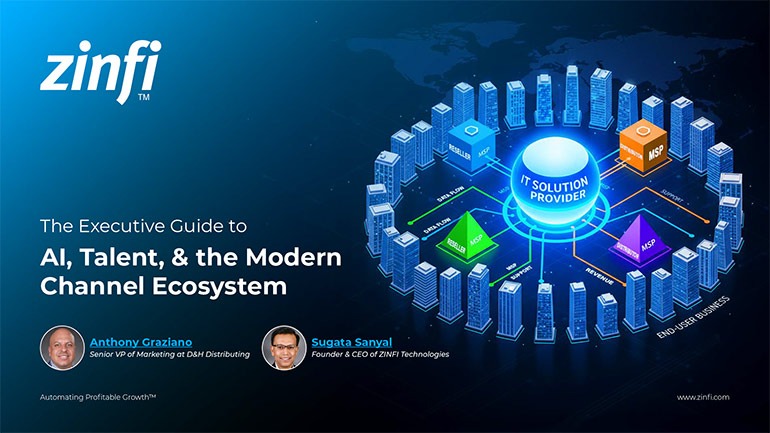 Modernizing Channel Marketing: AI and Ecosystem Enablement Best Practices
Modernizing Channel Marketing: AI and Ecosystem Enablement Best PracticesDownload for FREE
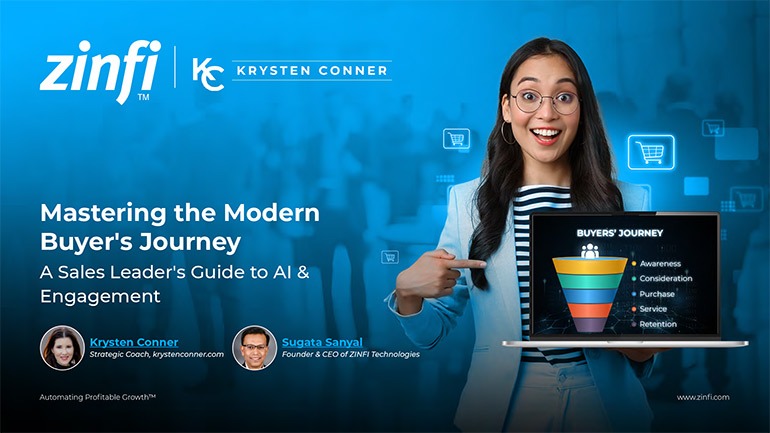 The Channel’s Shift to Partner-Led With AI Best Practices
The Channel’s Shift to Partner-Led With AI Best PracticesDownload for FREE
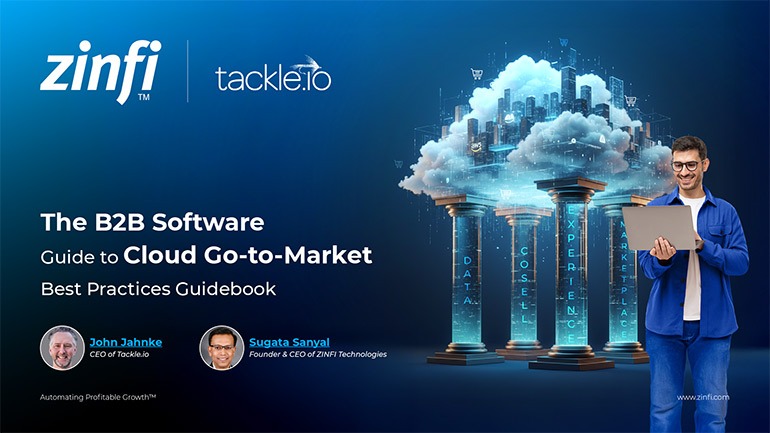 Hyperscalers, ISVs, and AI: Shaping the Future of B2B Software Distribution
Hyperscalers, ISVs, and AI: Shaping the Future of B2B Software DistributionDownload for FREE
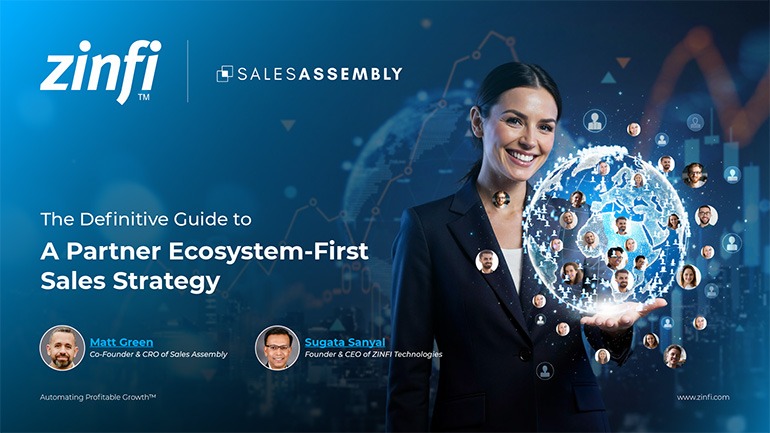 Definitive Guide to a Partner Ecosystem-First Sales Strategy
Definitive Guide to a Partner Ecosystem-First Sales StrategyDownload for FREE
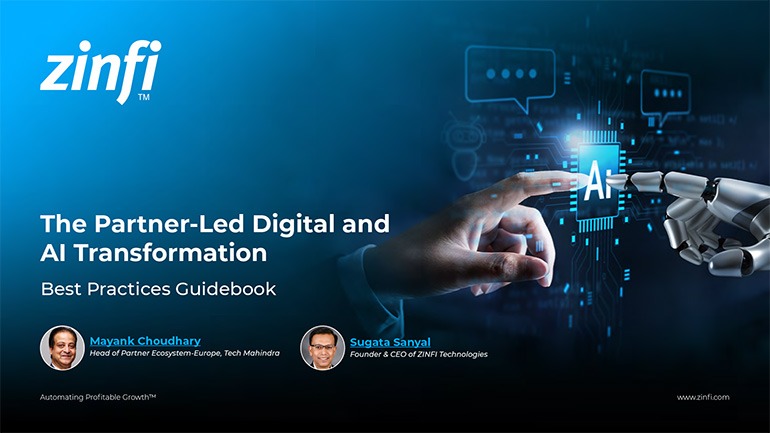 The Partner-Led Digital and AI Transformation Best Practices
The Partner-Led Digital and AI Transformation Best PracticesDownload for FREE
 Startup Talent Recruitment: Hiring Missionaries, Not Mercenaries
Startup Talent Recruitment: Hiring Missionaries, Not MercenariesDownload for FREE
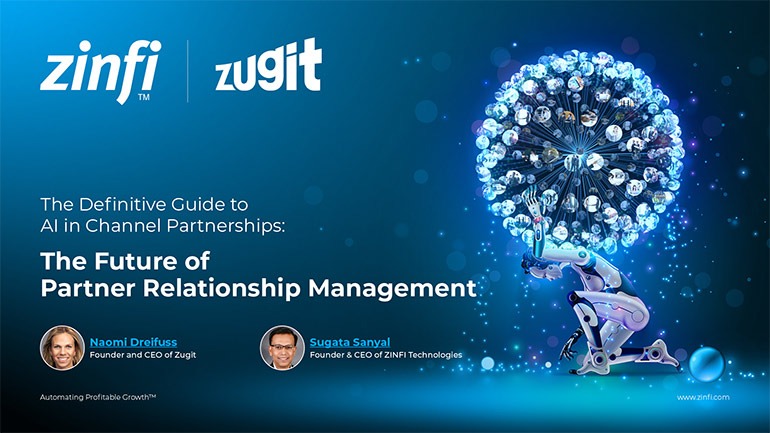 The Future of Partner Relationship Management with AI in Partnerships
The Future of Partner Relationship Management with AI in PartnershipsDownload for FREE
 Cybersecurity for the 99%: Strategies from the Frontline
Cybersecurity for the 99%: Strategies from the FrontlineDownload for FREE
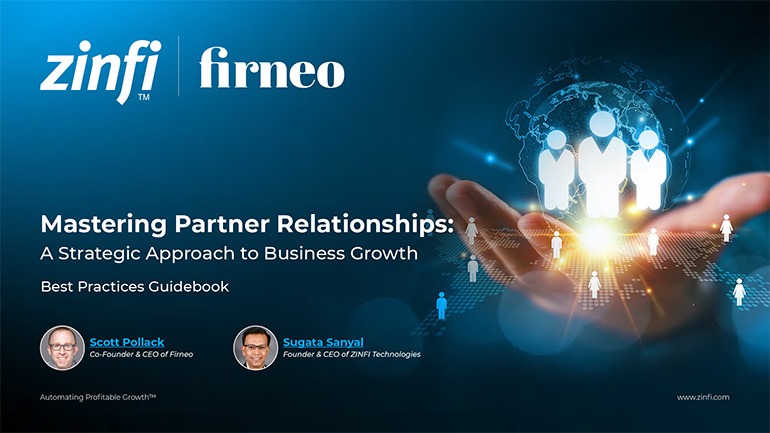 Mastering Partner Relationships: A Strategic Approach to Business Growth
Mastering Partner Relationships: A Strategic Approach to Business GrowthDownload for FREE
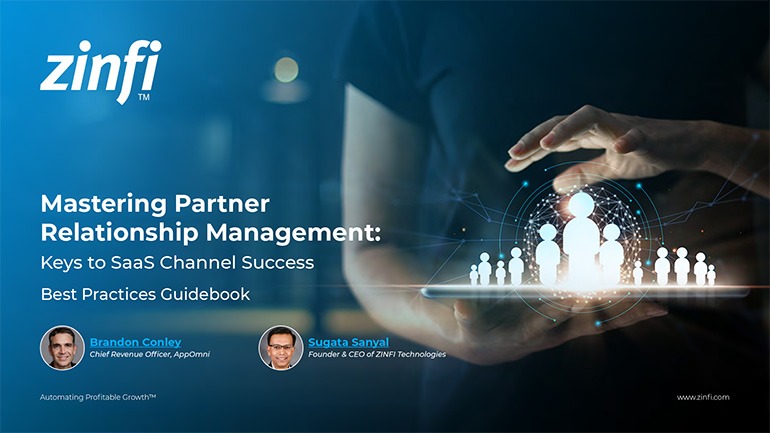 Mastering Partner Relationship Management: Keys to SaaS Channel Success
Mastering Partner Relationship Management: Keys to SaaS Channel SuccessDownload for FREE
 Navigating the AI Revolution: Guide for Partners in the Microsoft Ecosystem
Navigating the AI Revolution: Guide for Partners in the Microsoft EcosystemDownload for FREE
 Mastering the Modern Buyers Journey: Sales Leader’s Guide to AI & Engagement
Mastering the Modern Buyers Journey: Sales Leader’s Guide to AI & EngagementDownload for FREE










